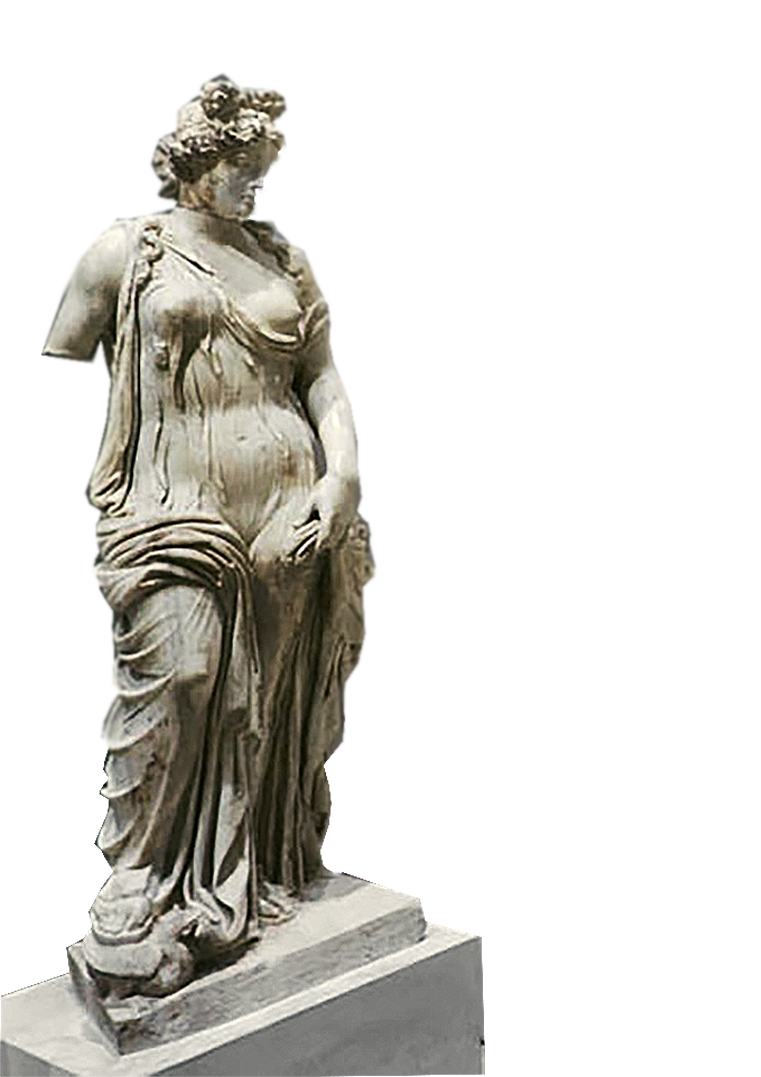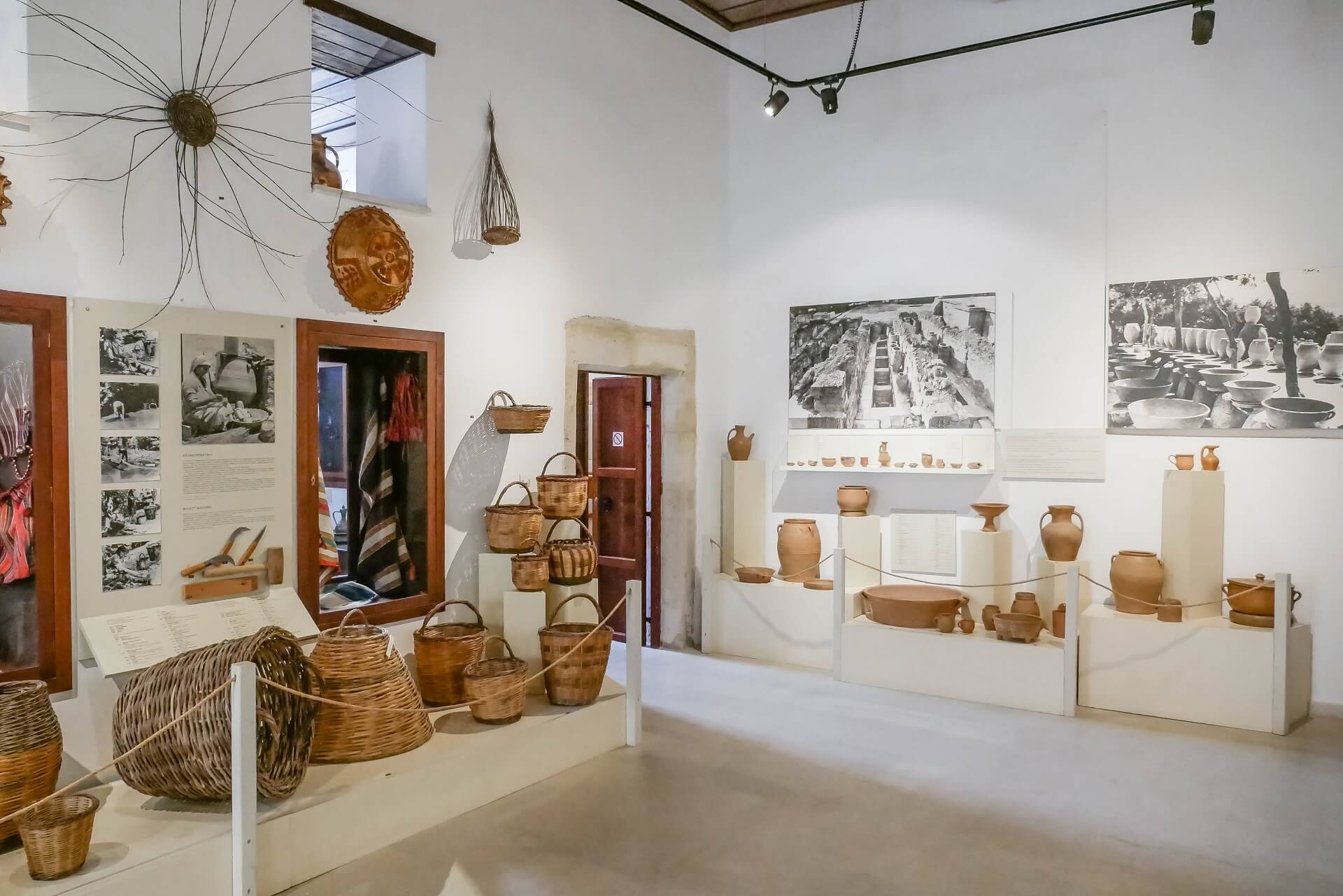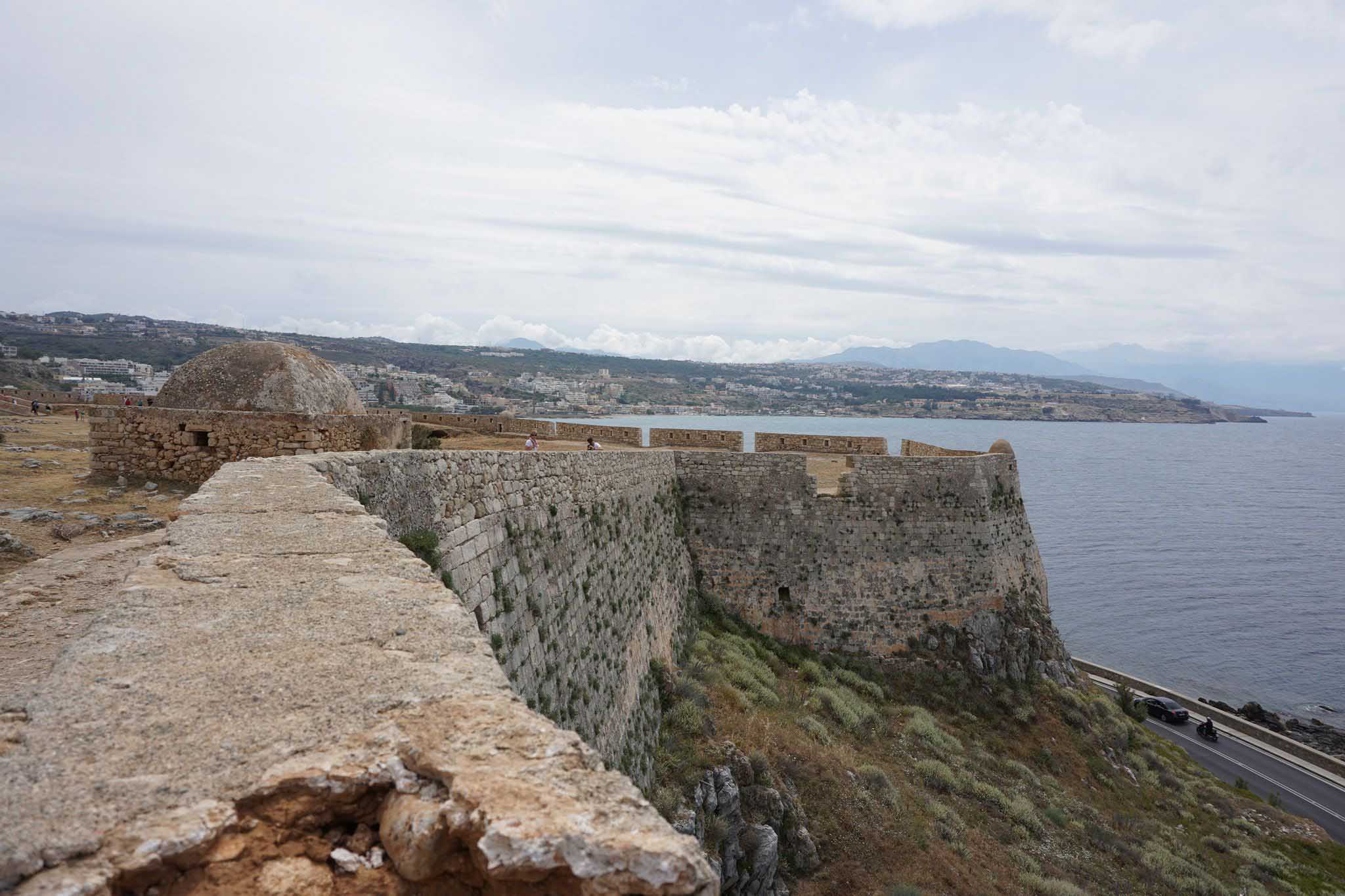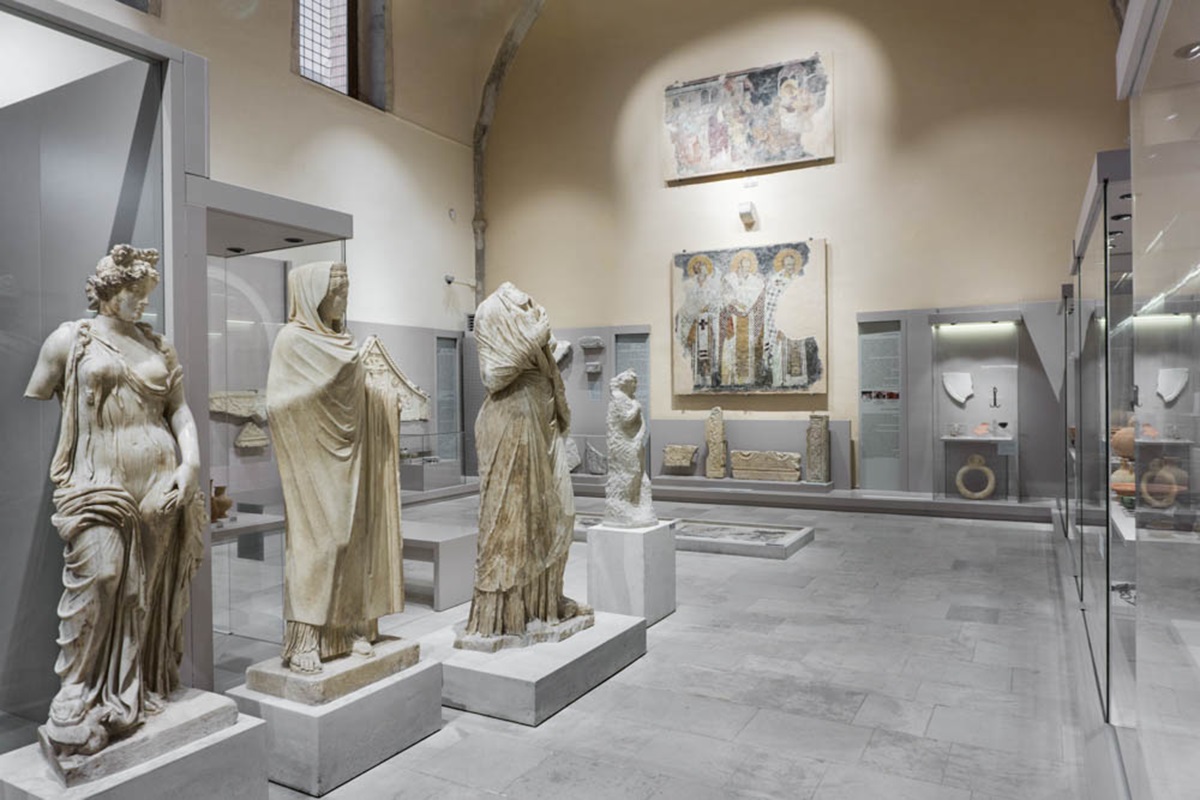
RETHYMNO MUSEUMS
Travel back to the picturesque Prefecture of Rethymno, as if time had never passed…
Today a visit to the old city will make you travel back to the picturesque Prefecture of Rethymno, as if time had never passed….
Fortezza of Rethymno
The Fortezza (from Italian for “fortress”) is the citadel of the city of Rethymno in Crete, Greece. It was built by the Venetians in the 16th century, and was captured by the Ottomans in 1646. By the early 20th century, many houses were built within the citadel. These were demolished after World War II, leaving only a few historic buildings within the Fortezza. Today, the citadel is in good condition and is open to the public.
The Fortezza is built on a hill called Paleokastro (meaning “Old Castle”), which was the site of ancient Rhithymna’s acropolis. Between the 10th and 13th centuries, the Byzantines established a fortified settlement to the east of the hill. It was called Castrum Rethemi, and it had square towers and two gates. The fortifications were repaired by Enrico Pescatore in the beginning of the 13th century. After Crete fell to the Republic of Venice, the settlement became known as the Castel Vecchio or Antico Castello, which both mean “old castle”. Under Venetian rule, a small harbour was built in Rethymno, which became the third most important city on Crete after Heraklion and Chania. On 8 April 1540, a line of fortifications began to be built around the city. The walls were designed by the architect Michele Sanmicheli, and were completed in around 1570. These fortifications were not strong enough to withstand a large assault, and when Uluç Ali Reis attacked in 1571, the Ottomans captured and sacked the city.
Following the fall of Cyprus to the Ottomans in 1571, Crete became the largest remaining Venetian overseas possession. Since Rethymno had been sacked, it was decided that new fortifications needed to be built to protect the city and its harbour. The new fortress, which was built on the Paleokastro hill, was designed by the military engineer Sforza Pallavicini according to the Italian bastioned system. Construction began on 13 September 1573, and it was complete by 1580. The fortress was built under the master builder Giannis Skordilis, and a total of 107,142 Cretans and 40,205 animals took part in its construction.
Although the original plan had been to demolish the old fortifications of Rethymno and move the inhabitants into the Fortezza, it was too small to house the entire city. The walls along the landward approach to the city were left intact, and the Fortezza became a citadel housing the Venetian administration of the city. It was only to be used by the inhabitants of the city in the case of an Ottoman invasion. Over the years, a number of modifications were made to the fortress. Nonetheless, it was never truly secure as it lacked a ditch and outworks, and the ramparts were rather low.
Museums
In the Prefecture of Rethymno, as evidenced by the findings and the inscriptions, there seems to have been presence from the Neolithic Age. Over the centuries, the area of Rethymno has had times of flourishing and bequeathed to the newest important cultural monuments. The real renaissance for Rethymno, though, came during the Venetian domination. Today a visit to the Fortezza or the museums of the town will make you travel back to the picturesque Prefecture of Rethymno, as if time had never passed…
Archaeological Museum of Rethymnon
4, Agiou Fragiskou Str
It is located at the center of Rethymno’s historic center in Saint Francis Church. It hosts findings from the Neolithic Age to the era of Roman rule. The collections include findings from caves, settlements, and cemeteries of the Minoan Era, as well as objects from the Geometric, Archaic, Classic, Hellenistic and Roman eras brought to light by archaeologists during excavations in ancient cities. Some of the most important exhibits that you must see are the helmet which is covered in boar teeth and the reliquaries from the post-Minoan era cemetery of Armeni, the statue of Aphrodite from Argiroupoli, the seals and collections of golden jewellery and coins.
Info tel.: 28310 54668.
Opening hours: daily 10:00 – 18:00 except Mondays.
Tickets: 2€ and 1€ for senior citizens aged over 65 years old and free entrance for students.

History and Folk Art Museum of Rethymnon
28, M. Vernadou Str
The museum is housed in a Venetian building of the 17th Century, which has been characterized as a protected monument by the Ministry of Culture. You will see beautiful collections of traditional handicrafts and textiles, baskets, ceramics, historic heirlooms, documents, photographs, banners, maps, arms, coins, as well as interesting architectural elements like the stone staircase in the courtyard, the hall with the two rows of Venetian windows and the kitchen with the chimney.
Info tel.: 28310 23398
Opening hours: daily 10:00 -15:00
Sunday closed
Tickets: 4€, 2€ for students and senior citizens over 65 years of age.
Museum of Contemporary Art of Crete
32, Mesologiou Str
The Municipal Gallery ‘L. Kanakakis’ was founded in 1992. It is housed in a Venetian building, dating from the beginning of the 20th century in one of the first industrial areas of Crete. Today is Crete’s Museum of Contemporary Art, of high standards, exhibiting old and new examples of Greek artists. Its permanent collection, of approximately 500 works includes paintings of Lefteris Kanakakis (oil, drawings, aquarelles) covering all his work. The work of various contemporary artists is also presented, depicting a wide spectrum of the Greek modern art since the 1950’s.
Tel. 2831052530
Opening hours: May-October: Tuesday – Friday: 9:00 – 14:00 & 19:00 – 21:00, Saturday – Sunday: 10:00 -15:00 Monday closed
November-April: Tuesday – Friday: 9:00 – 14:00, Wednesday & Friday 9:00 – 14:00&18:00 -21:00, Saturday- Sunday 10:00-15:00
Monday closed
Tickets: 3€, in groups on 5 ndividuals 2€, undergratuates 1,5€, discount 50% to card members of the European Youth Card, free entrance to students and card members of the International Council of Museums (ICOM)
Free entrance every Thursday for all visitors
web site: www.cca.gr
Paleontological Museum
Satha & Markellou Str
It is housed in the Veli Pasha Mosque or Mastaba Mosque and operates as part of the Goulandris Natural History Museum in Crete.. The Museum exhibition offers visitors various brief stops along the history of Crete in the past 300,000,000 years. Fossils of invertebrates from Paleozoic, Mesozoic and Cenozoic sea deposits in Crete, along with texts, drawings, maps and information inform visitors about the geological treasures of Crete. In the museum are shown bones of Pleistocenic native elephants which are of special interest, as well as material regarding the deers in Crete.
Tel: +302831023083
Email: info@gnhm.gr
Opening hours: April – October: Monday – Saturday 9:00 – 15:00
November – March: Tuesday, Thursday & Saturday 9:00 – 15:00
Tickets: 4€

